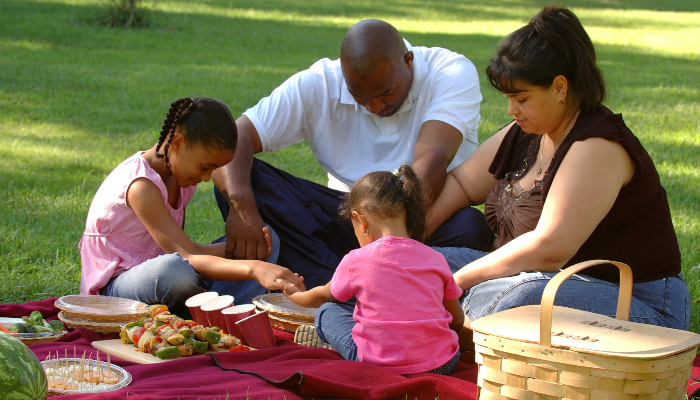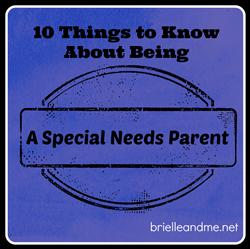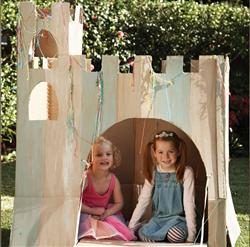Preparing Our Children’s Hearts and Minds for the World We Live In
By Guest Blogger Kelly Sipe, a local Kindergarten Teacher, and Diversity, Equality and Inclusion Coordinator
Our current state of affairs seems heightened to some, and yet, the same as it has always been to others – depending on your life experiences and circumstances. We are in an election year. We are in the midst of a global pandemic. Many things have changed and are different, yet historically – diversity of culture, faith, political affiliation, inequities, biases, and human injustice – remain.
Recent events and public responses to those events come into the home via social media feeds, television news, kitchen table conversations, and Zoom meetings. Children are insightful, wise, and observant. Many adults are having difficulty processing information and emotions right now. Imagine how children are interpreting the hushed tones, the snippet of a headline or fleeting image on a screen. In one sheltering, parental ‘hush’ we have the power to silence the words of those that are hurting and/or create an unintended bias in our children. I believe in scaffolding information in a developmentally appropriate way, AND I believe that we owe it to our children and our community to educate our children on the history of all people and help to develop in them a respect for themselves, for others and for life.
As a classroom teacher, I am frequently reminded of how simple and straightforward children’s perceptions are around topics that may be controversial and heavily weighted for adults. I recall a student initiated conversation that occurred over lunch when North Carolina’s HB2 was in the news. As young children do best, they began asking a rapid fire of questions to the student who began the conversation about gender. Now, if you have spent any time around young children you know that a conversation can move from steak for dinner to rainbows to gender in a matter of seconds, without any notice! This conversation quickly spiraled to the question “Can a girl marry a girl? Is that allowed?” As the adult and teacher in the room, my mind was quick to deliberate how best to address this to children whose families may not have had a conversation about different kinds of families before. I quickly took stock of what I knew of each family’s values because I wanted to answer in a way that was respectful of each family. In that momentary pause, a child simply stated, “people get married because they love each other and want to be a family.” Period. That statement made total sense to the children and there was never another question asked. A family is created when people love each other. Completely understandable and simply put. If I had answered with too many words or hushed the conversation – the children would have noticed and the subject would have sustained misunderstandings, biases or delivered a message that implied this is a bad topic to talk about.
Children are curious and observant. Children are born to love. They desire connection and being in-relationship with others. Children seek to understand and innately wonder about the world around them.
I know we’ve all been in the Target checkout line when a young child loudly points out how a stranger looks. Our gut reaction is often to apologize and quickly redirect the child.
Children see others. Children see differences. Honor their insight and lead them to walk through life with an appreciation for what others bring to this world. Encourage them to ask questions and to look beyond themselves. Teach them to advocate for themselves and others.
In my home, I have an 18-year-old and a 9-year-old. I have two very different ages and two very different levels of conversation taking place in my home around current events. It has helped to bring our conversations down to our basic beliefs, our moral compass. What do we believe in our hearts?
- We believe that every life has value.
- We believe that everyone deserves to be loved and respected.
- We believe that all people should have equal access to opportunities/education.
- We believe that people have the right to live without fear.
- We believe that everyone deserves to be seen, heard and have voice.
- We believe that we are here for each other. What can I do for others?
- We believe that it is important to seek understanding and knowledge.
- We believe in the assumption of goodwill.
- We believe it is important to listen, and then to listen some more.
- We believe there is always a perspective that you haven’t considered yet. Be open.
- We believe that this journey is never done. There is always more room to grow our own hearts and minds.
- We believe in hope.
It has been said that the journey of this work begins in our own hearts, extends into our homes and then can begin to reach the world. Listed below are a few resources for our walk together.
For those seeking help finding news that is balanced:
AllSides.com – This site collects up to date articles and rates their bias to help readers evaluate the news from a wider lens. The site also shares ratings of news sources. This can help readers evaluate the bias of their go-to sites and help them find balance from other sources.
For the Parents:
Strategies For Talking About Race with Young Children
Talking Race with Young Children
*Kids Books That Matter (A variety of topics that speak to young children – anxiety, belonging, racism, shame, empathy, gratitude, feminism, etc.)
*My new favorite dictionary: A Dictionary for a Better World
Raising White Kids: Bringing Up Children In a Racially Unjust America – Raising White Kids is a book for families, educators, and communities who want to equip their children to be active and able participants in a society that is becoming one of the most racially diverse in the world and an NPR interview with this author on the topic of How White Parents Can Talk About Race with their Children.
New York Times article: Talking to Your Kids about Racism, Early and Often
5 Tips For Talking With Children and Teenagers About Hate Incidents
Epic: Start a Conversation About Race with your children (book list and video links)
Embrace Race: 31 Children’s Books to Support Conversations on Race, Racism, and Resistance (The majority of the books on this list center around activists of color. The essential work of white activists is also included to exemplify the ways white allies have stood up against racial injustice.) Please note that it is equally as important to expose children to books that have diverse characters whose stories share a beauty of culture and perspective. Books that have diverse characters who also participate in typical childhood experiences and joys are also valuable and provide opportunities for children to see themselves represented in stories and in teaching materials.
See more blogs about talking to your children about race in TMoM’s blog roll here.
Want to see more blogs like this and get notifications on local events and happenings? Subscribe to TMoM’s free weekly newsletters here.








Kelly, this is wonderful. Thanks…I am so sharing it widely! ABC
Such an important perspective, with helpful resources. Thank you for sharing this, Kelly!
Insightful and profound points of relevance for all families.
Beautifully articulated with a powerful message to parents everywhere.